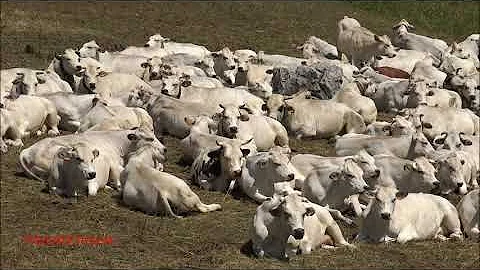In che anno esplode il Monte Sant'elena?

In che anno esplode il Monte Sant'elena?
Helens divenne famoso a fine Novecento per la sua spettacolare eruzione del 18 maggio 1980, l'evento vulcanico più mortale ed economicamente più distruttivo nella storia degli Stati Uniti. A perdere la vita furono 57 persone, mentre andarono distrutti 47 ponti, 200 abitazioni, 24 km di ferrovie e 298 di autostrada.
Come si forma un vulcano scuola primaria?
La roccia fusa, il magma, approfitta dei punti di debolezza in corrispondenza delle fratture per risalire in superficie. Quando raggiunge l'aria aperta erutta, sotto forma di lava, che poi solidifica in nuova roccia. I punti in cui il magma esce allo scoperto sono i vulcani.
What type of volcano is Mount St Helens?
- Mount St. Helens or Louwala-Clough (known as Lawetlat'la to the indigenous Cowlitz people, and Loowit to the Klickitat) is an active stratovolcano located in Skamania County, Washington, in the Pacific Northwest region of the United States. It is 50 miles (80 km) northeast of Portland, Oregon and 96 miles (154 km) south of Seattle, Washington.
What Native American legend explains the eruption of Mount St Helens?
- Native American lore contains numerous legends to explain the eruptions of Mount St. Helens and other Cascade volcanoes. The most famous of these is the Bridge of the Gods legend told by the Klickitat people. In their tale, the chief of all the gods and his two sons, Pahto (also called Klickitat) and Wy'east,...
How did Mt St Helens get its name?
- Mount St. Helens. It is 50 miles (80 km) northeast of Portland, Oregon and 96 miles (154 km) south of Seattle, Washington. Mount St. Helens takes its English name from the British diplomat Lord St Helens, a friend of explorer George Vancouver who made a survey of the area in the late 18th century.
Why is Mount St Helens called the Fuji-san of America?
- Prior to the 1980 eruption, Mount St. Helens was the fifth-highest peak in Washington. It stood out prominently from surrounding hills because of the symmetry and extensive snow and ice cover of the pre-1980 summit cone, earning it the nickname "Fuji-san of America".















